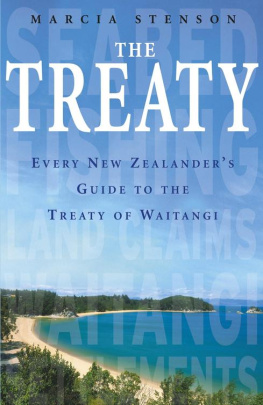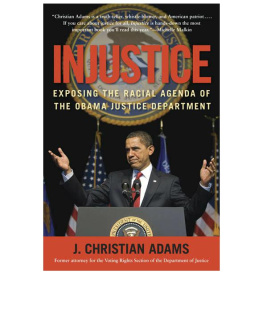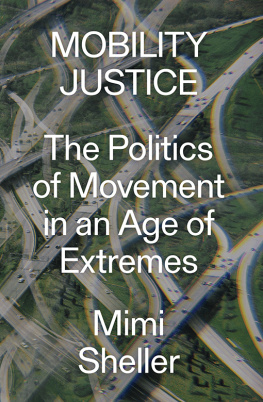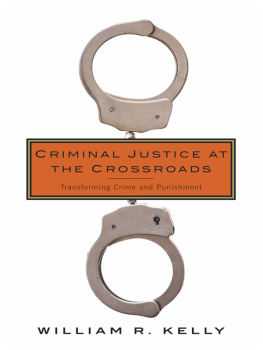Research for the first edition of this book was done in the 1960s and the text went to the printers in 1972. The modern Maori resurgence was then getting under way. There had been polite protests from the Maori Council and the few Maori academics then appointed about the assimilationist tendencies of the Hunn report of 1961 and the planning and electoral laws. But the beginnings of widespread mobilisation and militant protest resulted from clauses in the 1967 Maori Affairs Amendment Act which compulsorily converted some categories of Maori freehold land into general land and compulsorily vested uneconomic interests in the Maori Trustee for possible alienation. The concerns expressed by Maori then are still expressed today: resentment of Pakeha paternalism, the intense desire to retain a distinct Maori identity and the search for a measure of self-determination within a modern nation-state with a Pakeha majority. In the 1970s and 1980s these aspirations came to be focused largely on the terms and principles of the Treaty of Waitangi and redress to be pursued through the Waitangi Tribunal and the superior courts.
Pakeha New Zealanders, confident in the 1950s that New Zealand had very amicable race relations, were puzzled and resentful at the passion and fury of it all. But they generally acknowledged that the Treaty must be honoured and that some resources should be retransferred to relieve Maori economic marginality, starkly revealed by burgeoning birth rates, urbanisation and unemployment. They generally acknowledged too that much more respect should be paid to Maori language and culture through the education system and public media. In 1995 many consider that they have made honest efforts and are irritated by what they regard as Maori ingratitude and the persistence or intensification of Maori demands. Many Maori, on the other hand, are not convinced that their situation has fundamentally improved. Notwithstanding some important resource transfers and rapid advances by many individuals, through education and training, in the bureaucracy, the professions and economic management, Maori asapeople still feel acutely their loss of mana and rangatiratanga, the sense of being subordinated in their own land.
Of course it is Utopian to expect that a relationship between ethnic communities can ever be in perfect harmony. It must be worked at all the time, and New Zealand, on a global comparison, has done relatively well in evolving techniques and strategies for working at it. The roots of ongoing difficulties and misunderstandings are largely historical, with Maori and Pakeha inevitably having only partial and very incomplete understandings of their shared past. This book was written to explicate that shared past, to show how the formative patterns were laid down in the nineteenth century, to comment on the strengths and weaknesses of the outcome and to show why major tasks remain to be addressed.
It was a rather solitary business writing on these matters in the 1960s. Only three or four historians were working in the same field. Now there are many, and a great upwelling of research has accompanied the Treaty claims. I am indebted to the many colleagues in the universities and in the Treaty-based research organisations for the ferment of debate we have shared. Regrettably it is not possible to incorporate the fruits of all this in a new edition.
Yet my opinions have not fundamentally changed over the past twenty years. Basically my argument is that when modernity, in the shape of European explorers and traders, arrived in the New Zealand islands in the late eighteenth century Maori individuals and communities (like all their cousins in the great family of Malayo-Polynesian peoples) engaged with the wider world eagerly, creatively and reflectively. There was a marked degree of common ground from the outset and both peoples began to transact ideas and institutions, as well as goods, with shrewd understanding at least as evident as the difference and misunderstanding that it has recently been fashionable to emphasise. But of course Maori sought to maintain control and selectivity within the complex processes with which they were engaged. In the 1830s anxiety that they were losing that control in important ways led many rangatira towards the political compact with the British Crown of February 1840. Their expectation was that a central, regulatory authority would help them retain their rangatiratanga over their lands and hapu. Government in the new nation-state of Nu Tirani (to use the term of the 1835 Declaration of Independence and the Treaty, antedating Aotearoa by a least a decade) was supposed to control the interaction of Maori and settler, to the mutual advantage of both.
Because Maori wanted continued and enlarged opportunities for full engagement with modernity the British policy of racial amalgamation was not altogether wrongly conceived, in contrast to the usual alternative, in settler colonies, of segregating indigenous peoples off in reserves. In its more sensitive constructions amalgamation was not supposed to be the equivalent of unqualified assimilation. Indeed, for much of the nineteenth century (and partly out of respect for Maori strength on the ground), it involved some recognition of Maori leadership and institutions. But that recognition did not flourish and mature; neither were the Maori given the full access to the new order that they were seeking. British practice fell miserably between two stools.
There were two reasons for this. Firstly, British policy was highly ethnocentric. It was not fundamentally racist, although its implementation was sullied by popular race prejudice. Nor is it necessary to import the modern sociological construct of so-called institutional racism. It was simply assumed that British values and institutions were the most advanced in human history and that, in the last resort, Maori could and should move that way and embrace the fullness of modernity, along with their settler compatriots. This is not only an understandable attitude but is also in many respects the very antithesis of racism. Many, perhaps most, Maori would not scorn the invitation and the opportunity today. But the real problems, and the real short-changing of the Maori, began precisely when they looked like becoming too effective in their mastery of the techniques of government and administration and would use their skills to close the land to settlement. For the settlers wanted the land, and the law was continually framed to deny Maori more than a minor share in state power and control of resources. That most precious institution of British culture, the rule of law, was prostituted to the land grab, and brought into the contempt in which many Maori today regrettably still hold it. Moreover Maori lacked capital to undertake their own land development, while a steady flow of capital reached the settlers from the fountainheads in London. This was a major cause of the systematic economic marginalisation of the Maori.
These processes, and the resentments to which they give rise, need to be understood today, at least as much as the individual acts of spoliation which flowed from them. That is why the history of law and administration, of the Native Department and the Native Land Court, are the main subjects of this book. We cannot wholly undo the past. Nor can we put a precise value on the damage doneor on the offsets which did follow from the amalgamation policy. But a better understanding of what happened, and how it was seen from Maori and settler perspectives, might improve the chances of restoring health and vigour to the compact which founded Nu Tirani.





